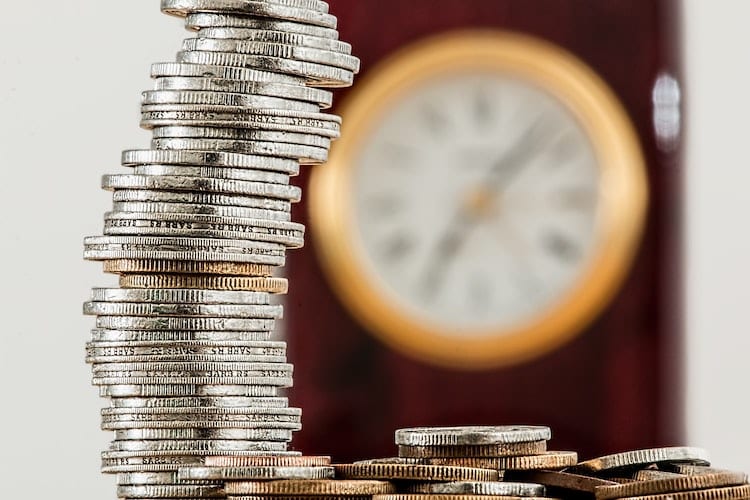Inflation, Deflation, Disinflation and Stagflation Explained

The coronavirus pandemic has thrown the world economy into flux. Initially, markets tanked as shutdowns rippled through most major countries. Since then, however, the stock market has surged while tens of millions of Americans remain out of work. Things are more uncertain than ever, and nobody is exactly sure what may happen next. Some experts are worried about rampant inflation, others expect deflation to rock the economy.
The various “-flations” that may wreak havoc on the economy are actually pretty simple to understand, but knowing the differences is critical.
Inflation
Simply put, inflation measures the rate that the price of consumer goods is increasing. If inflation is 10 percent and a month’s worth of shopping costs $1,000, you can expect to spend $1,100 in a month next year. Inflation also thus measures the decline in consumer purchasing power, as it reflects the value of the dollar. If inflation is high, $10 is less valuable to a consumer than it may have been in years past.
Inflation can occur for a few reasons. If demand in an economy exceeds supply, prices will rise leading to demand-pull inflation. On the other hand, if the cost to produce goods rises for any reason, the price of the goods will increase, which economists call cost-push inflation.
Deflation
Deflation is the opposite of inflation. As opposed to rising price levels, an economy experiencing deflation is seeing prices drop. Deflation is also known as negative inflation. If the inflation rate was -10 percent, one could say the deflation rate was 10 percent, and prices thus generally dropped the same amount.
While low prices might sound like a good thing, deflation indicates a struggling economy and can hurt growth. Deflation usually occurs when the money supply shrinks, or there’s a large decrease in spending from the government, corporations, or individuals. All of these situations lessen demand, which in turn drives prices down and creates deflation.
Disinflation
Disinflation can often be confused with deflation, but the two are mutually exclusive. The term describes an economy in which the inflation rate remains positive, but is trending downward. If inflation was 10 percent last year but only 5 percent this year, one could say that the economy is experiencing disinflation.
This phenomenon is actually not a bad thing for the economy, unlike most of its counterparts. It’s simply a measure of the downward rate of change of inflation.
Stagflation
Stagflation occurs when inflation is high, economic growth is flat, and unemployment is high. It’s a recipe for disaster for any economy, and the “stagnant” economic growth gives the term its name. The term stagflation was first introduced in 1965 by Iain Macleod, a British politician who wrote “We now have the worst of both worlds – not just inflation on the one side or stagnation on the other, but both of them together. We have a sort of ‘stagflation’ situation.”
Often a sharp rise in oil prices can lead to stagflation, but falling productivity or poor monetary policy in a nation can contribute as well. Stagflation rocked the British economy in the 60s and rippled across the world in the 70s. In the U.S., the 70s were defined by sky-high gas prices after a sudden surge in crude oil costs, while unemployment and inflation both rose.
The Bottom Line
Words ending in “-flation” are common in economic discussions, and usually prescribe negative conditions in an economy. Generally, each is impacted by supply and demand, and deal with the economy as a whole, not just sectors of it.
As we emerge from the coronavirus pandemic, economists are unsure exactly what path we’ll take. On the one hand, the economy has been flooded with new money in the form of stimulus checks, unemployment benefits, and business loans, making inflation seem inevitable. But high unemployment, uncertainty, and fear could drive down demand, creating a deflationary economy. Only time will tell for sure, but economists will continue to argue in the meantime.
See Also: How to Deal with a Stock Market Crash









